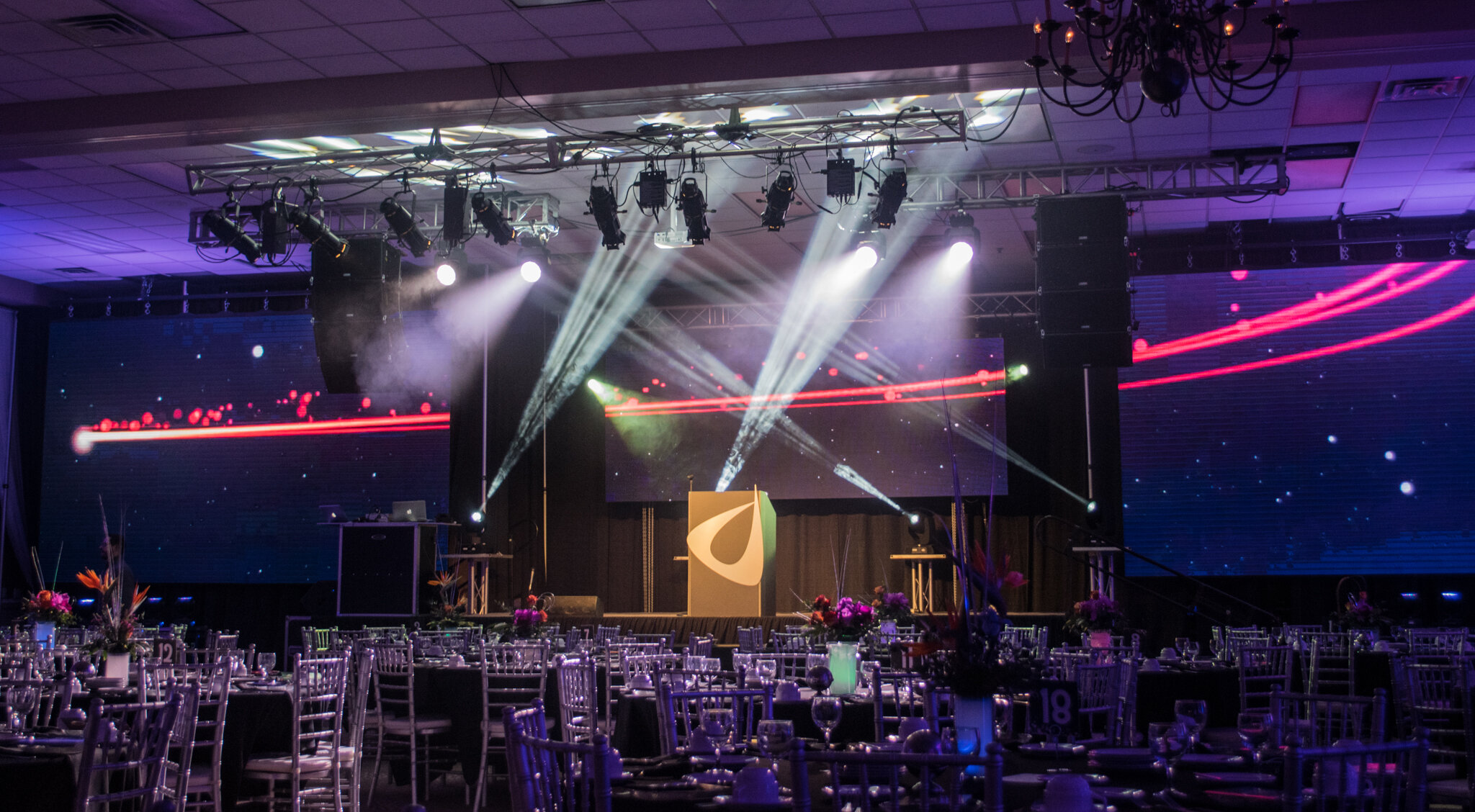Essential Strategies for Enhancing the Durability of Your Light Emitting Diode Wall
Wiki Article
LED walls are becoming increasingly widely used for multiple applications, from advertising to leisure. To guarantee that these displays function efficiently over the years, it is essential to implement tactics that extend their durability. Understanding the factors that influence the longevity of Light Emitting Diode walls can help users maintain their performance and avoid unnecessary replacements.
One of the main elements that can prolong the lifespan of an Light Emitting Diode screen is proper installation. It is vital to have a professional team handle the installation procedure to guarantee all parts are correctly attached. Inadequate setup can result in power issues or physical damage. Additionally, the location of the LED wall should consider surrounding factors such as sunlight exposure and moisture levels. A well-installed screen in a proper site will reduce the risk of damage caused by external factors.

Regular upkeep is another key tactic to prolong the lifespan of an Light Emitting Diode wall. This includes routine checks to check for any signs of deterioration or failure. Dust and dirt can accumulate on the top of the Light Emitting Diode panels, impacting brightness and color quality. Cleaning the displays with appropriate materials will assist keep ideal visibility. It is also essential to monitor the components behind the screen, making sure that all links are tight and that there are no overheating issues, which can significantly shorten the durability of the components.
Electrical control plays a crucial role in improving the lifespan of an LED wall. Over-voltage or fluctuating power supply can harm the inner circuitry. To prevent this, using a reliable power supply and implementing overvoltage protection recommended read strategies is recommended. Additionally, adjusting the screen to operate at lower brightness levels when high luminosity is not required can lessen wear on the lights. This not only extends the lifespan of the wall but also conserves energy, making it a cost-effective option.
In addition, program control can affect the functionality of Light Emitting Diode walls. Consistently updating the program that operates the screen guarantees that it operates efficiently and incorporates any essential security patches. Outdated software can lead to performance issues and may put the setup to risks. Proper timing of programming can also assist with overseeing the workload of the screen, permitting it to rest during non-peak hours, which can contribute to a longer lifespan.
In conclusion, maximizing the durability of an Light Emitting Diode wall involves a combination of appropriate setup, routine maintenance, effective electric management, and careful software management. By concentrating on these critical strategies, operators can ensure that their Light Emitting Diode screens remain operational and aesthetically pleasing for numerous seasons. Implementing preventive steps will not only improve the performance of the LED screen but also provide a better yield on investment over the years.